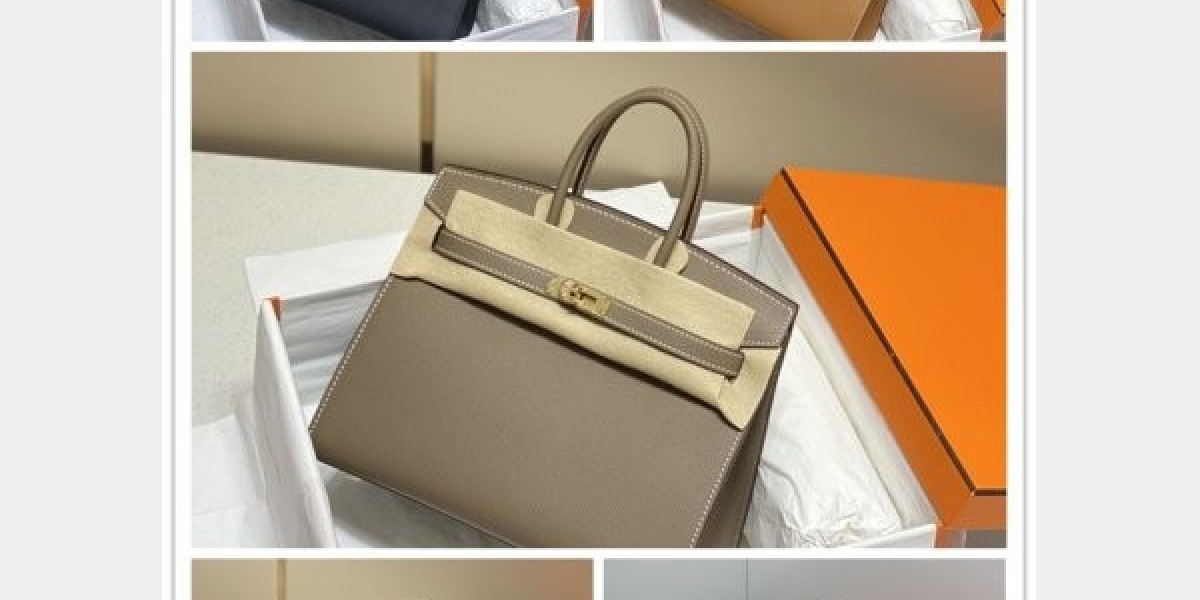Rei Kawakubo, the enigmatic founder of Comme des Garcons, does not design clothes. She designs questions. Each collection since 1969 has been a provocation, demanding we interrogate everything we know about beauty, identity, and consumption. In an era of fast fashion and algorithmic trends, Comme des Garçons remains a defiant anomaly—a brand that thrives on discomfort, ambiguity, and the unresolved.
The Language of Holes
Kawakubo’s most infamous innovation—the deliberate hole—became a metaphor for her entire philosophy. In her 1982 “Destroy” collection, sweaters hung with gaping voids, skirts frayed like decaying parchment. Critics called it “poverty chic,” but Kawakubo’s intent was clearer: to expose the fragility of perfection.
“I want to show that there’s beauty in things that are incomplete… in things that are falling apart.”
—Rei Kawakubo
The holes were not absences but portals—invitations to confront societal obsessions with wholeness, youth, and control. In a post-war Japan (and a globalized West), this resonated as a quiet rebellion against consumerist excess.
The Body as Battleground
Comme des Garçons’ relationship with the human form is one of defiance. Kawakubo’s 1997 “Body Meets Dress, Dress Meets Body” collection featured bulbous padding that distorted models into surreal, almost alien shapes. Critics sneered, but the message was radical: The body is not a mannequin.
Feminist Subtext: By rejecting the male gaze’s obsession with curves, Kawakubo liberated clothing from the tyranny of “flattery.”
Gender Fluidity: Her unisex designs predated today’s nonbinary movement, dissolving binaries with oversized coats and shapeless tunics.
The Commerce of Anarchy
Paradoxically, Comme des Garçons’ anti-establishment ethos birthed a billion-dollar empire. Kawakubo’s genius lies in balancing rebellion with accessibility:
PLAY Comme des Garçons: Launched in 2002, this diffusion line (designed by Junya Watanabe) democratized avant-garde with its iconic heart logo. Streetwear kids and luxury collectors alike covet its $300 polos.
Collaborations: From Nike Air Force 1s to LEGO minifigures, Kawakubo weaponizes pop culture to infiltrate mainstream consciousness.
Dover Street Market: Her retail concept stores—part gallery, part bazaar—reject traditional merchandising. Gucci sits beside student designers; mannequins dangle from ceilings.
“We want to create a kind of market where creators of different fields gather… and encounter each other in an ongoing atmosphere of beautiful chaos.”
The Fragrance of Nothingness
Even in perfumery, Comme des Garçons subverts expectations. Their scents reject floral sweetness for abstractions:
Odeur 53 (1998): A “synthetic” blend of nail polish, burnt rubber, and flaming rock.
Series 3: Incense (2002): A meditation on spirituality, featuring Kyoto temple smoke and myrrh.
Concrete (2017): A minimalist ode to urban decay, bottled in Brutalist-inspired packaging.
These fragrances aren’t meant to seduce—they’re olfactory manifestos.
The Cult of Kawakubo
Rei Kawakubo’s mystique is cultivated meticulously. She rarely gives interviews, never smiles in photos, and rejects celebrity culture. Yet her disciples are legion:
Designers: Martin Margiela, Demna Gvasalia, and Virgil Abloh cite her as a spiritual mentor.
Artists: Cindy Sherman and Ai Weiwei collaborate with CDG, bridging fashion and fine art.
Fans: From Lady Gaga to skater teens, her wearers treat garments as talismans of nonconformity.
Chapter 6: The Unanswered Question
At 81, Kawakubo refuses to name a successor. Comme des Garçons’ future is as ambiguous as her designs. Recent collections hint at introspection:
Spring 2024: “The Blank Canvas” featured stark white garments with faint pencil sketches—clothes as unfinished ideas.
Autumn 2023: “Memory of Texture” used 3D-printed lace to mimic decaying cobwebs.
Is she preparing us for her absence? Or proving that true rebellion outlives its creator?
Why Comme des Garçons Matters Now
In an age of TikTok trends and AI-generated designs, Kawakubo’s work feels urgently relevant. She reminds us that fashion can be:
A Mirror: Reflecting societal anxieties (climate collapse, identity crises) through fabric.
A Protest: Against algorithms dictating desire.
A Poem: Written in seams, hems, and the courage to wear contradictions.
Comme des Garcons isn’t just clothing—it’s a call to think. To embrace chaos. To find meaning in the unfinished.








